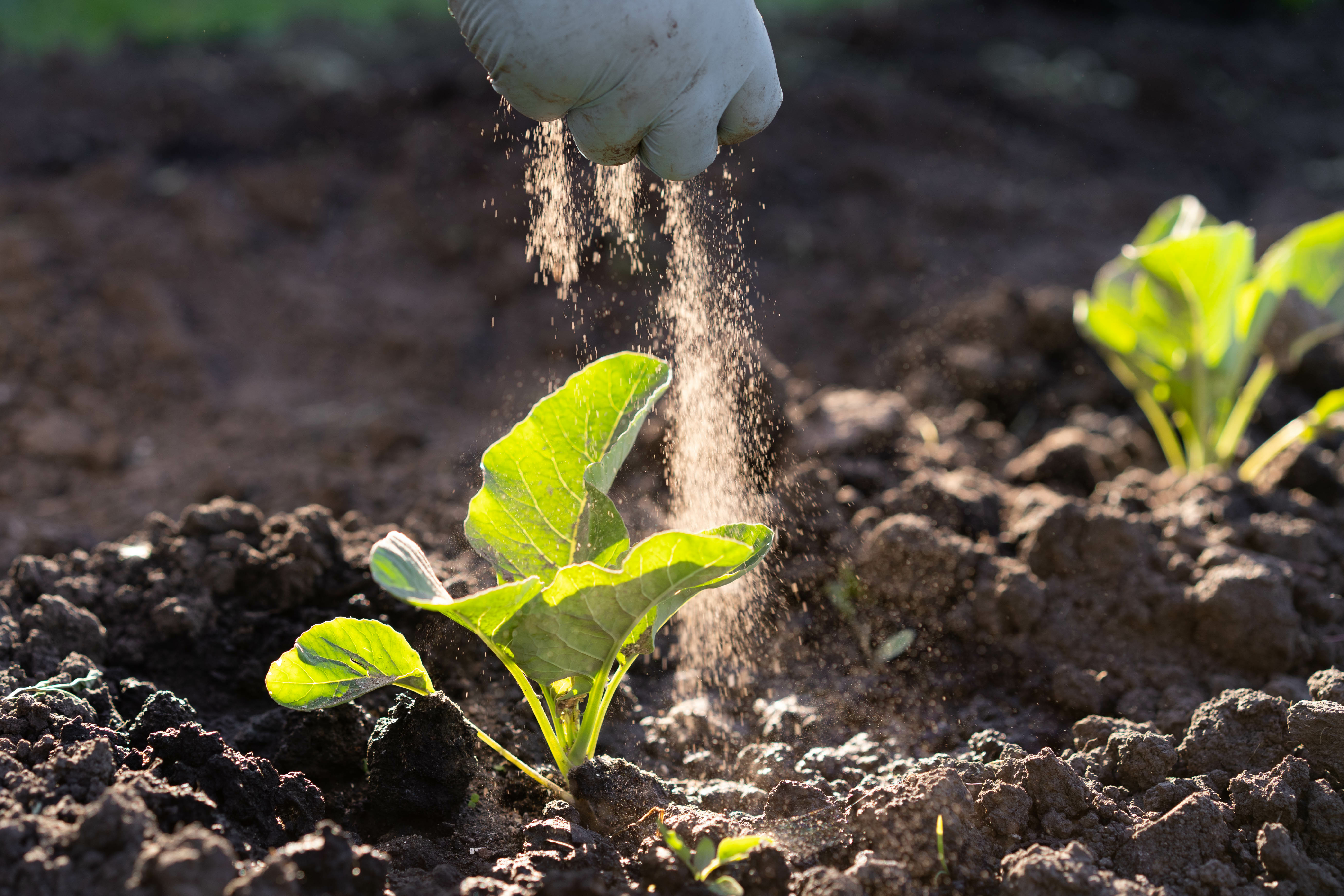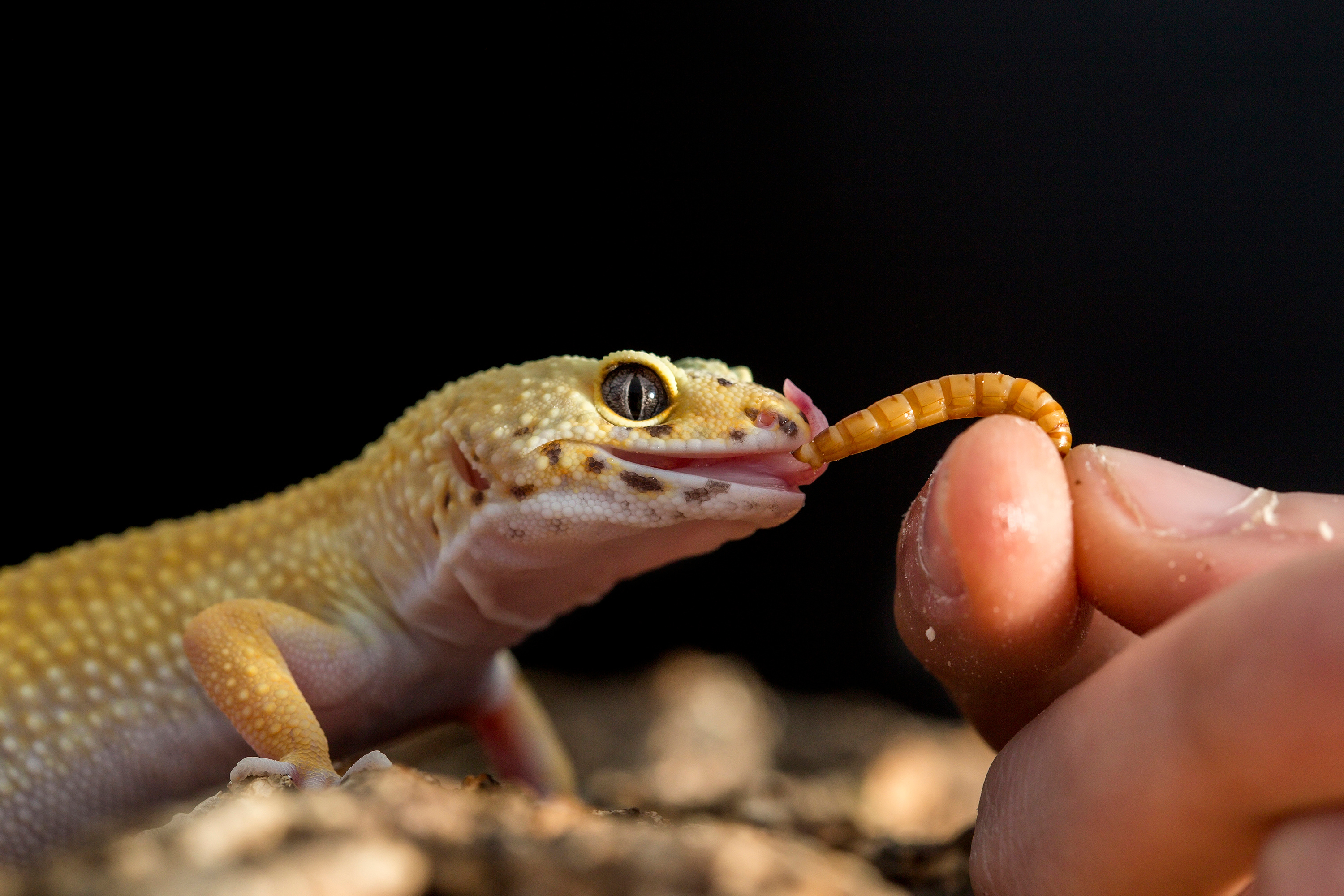Live Crickets and Mealworms: A Sustainable Protein Source
Posted by The Fluker's Team - including Damian Tweedy, Larva Production Scientist and Erik Neff, Chief Scientific Officer at Fluker's on Nov 11th 2024
Insects like crickets and mealworms help reduce food waste and support a more sustainable food system. Both can be farmed and raised using organic waste.

Comparative input/output balance in beef and cricket production: The role of edible insects to mitigate challenges for sustainability - Scientific Figure on ResearchGate. Available from: https://www.researchgate.net/figure/Comparative-i... [accessed 25 Oct 2024]
The Benefits of Cricket Farming and Mealworm Farming
Using organic waste, such as fruit and vegetable scraps and leftover grains, as food for these insects has two main benefits. It gives them a healthy diet and helps reduce waste in landfills. This process reduces environmental problems linked to food waste. It also turns waste into a valuable resource.
Cricket farming and mealworm farming serve many purposes. They provide a sustainable protein source for people and animal feed. Here are some of the additional benefits:
- Low Resource Requirements: Mealworms and crickets require significantly less land, water, and feed compared to traditional livestock. You can raise them on organic waste, which helps reduce food waste. Our mealworms and crickets eat a mix of natural grains, plant proteins, and animal proteins. They also get vitamins and minerals from Fluker's Cricket Diet and Fluker's Mealworm Diet. Additionally, we provide our mealworms with potatoes for hydration.
- High Feed Conversion Efficiency: Mealworms and crickets need less feed to produce the same amount of protein as cattle and pigs.
- Fast Growth Rate: Mealworms and Crickets grow quickly and can be harvested in a short time. This allows for a more sustainable and efficient way to produce protein.
- Lower Greenhouse Gas Emissions: Mealworm production creates fewer greenhouse gases than traditional livestock production. This makes mealworms a suitable alternative for the environment.
- Nutritional Value: They are high in protein, healthy fats, vitamins, and minerals. This makes them a good choice as a sustainable protein sources.
Mealworms and Crickets for Human Consumption
There is a rising awareness of the environmental benefits of insect protein, as well as its nutritional value. More people are looking for sustainable and alternative protein sources. This means the demand for edible insects, like mealworms and crickets, will keep growing. Including these insects in our diets is a good solution for the future.
As the world’s population grows, traditional protein sources like livestock and fish face many challenges. These include overfishing, land use issues, and resource depletion. Insects are very good at turning feed into protein. They need much less land, water, and feed than regular livestock.
Incorporating insects into our diets can also enhance food security. Space requirements are smaller for insects, which allow them to be farmed in many places. Insects can be fed feedstocks which are unavailable for human consumption, allowing them to be good solutions for communities with food shortages. Additionally, insects are rich in essential nutrients, including protein, vitamins, and minerals, making them a healthy addition to diets.
In summary, raising insects on organic waste helps cut down food waste. It also supports a more wholesome food system. By adding these insects to our diets, we can meet the growing need and sustainable protein solution. In the end, it leads to a stronger, environmentally friendly, and more sustainable food future.

What is Insect Frass?
Frass is an insect by-product or insect waste that is produced when insects consume their desired feed source. Through the insect digestive track, frass is concentrated and picking up healthy microbes along the way that allows a fertilizer to make a more productive soil that can promote plant life. It is often used in organic gardening as a natural fertilizer because it has many nutrients coming from sustainable practices. Frass includes many different materials. This can be feces, shed exoskelotons, leftover substrate, and other organic debris.
Is Frass Harmful to Humans?
In general, frass itself is not considered harmful to humans. However, there are some important considerations to keep in mind. The primary concern with frass arises from the insects that produce it, particularly when those insects are pests. For example, termite frass can indicate an infestation, which may lead to structural damage in homes and buildings. In these cases, finding frass may mean that you need professional pest control to fix the problem.
What are the Benefits of Frass?
Frass encourages plant growth through nutrient availability, promoting soil microbial activity, and healthy immune response. At Fluker's farm, we feed our insects all natural inputs, such as grains and vegetables. Once the insect has eaten through the feedstock, we are able to separate out the insect from their frass.
Frass is a natural and chemical free soil amendment in comparison to other available fertilizers. We have learned through Damian Tweedy, Larva Production Scientist at Fluker's, how to collect frass and created a plan Fluker's Frass in the future.
Transforming Reptile Health with Mealworms and Crickets: How Mealworms and Crickets Benefit Your Reptile
Reptiles are a diverse group of animals. They have specific dietary needs that are important for their health and well-being. Among the many food options, crickets and mealworms are two of the best choices for reptile owners.
Nutritional Value of Mealworms and Crickets - Sustainable protein from insects
1. High Protein Content:
Mealworms and crickets are high in protein. Protein is important for the growth and health of muscles in reptiles. It is a critical component of a reptile's diet, especially for young and growing pets, as it supports their metabolic processes and overall vitality.
2. Essential Fatty Acids:
Mealworms and crickets are a great source of essential fatty acids. These acids help keep skin healthy and coats shiny. They also help the brain work well and support overall cell health. This makes them an important part of a reptile's diet.
3. Vitamins and Minerals:
Crickets are rich in vitamins, especially B vitamins. These vitamins are important for energy metabolism and brain function. Additionally, both mealworms and crickets provide essential minerals such as calcium and phosphorus, which are necessary for bone health and metabolic processes. Ensuring that reptiles receive adequate calcium is especially important for species prone to metabolic bone disease.
Digestibility and Palatability
1. Easy to Digest:
Mealworms and crickets are generally easy for reptiles to digest, making them an excellent choice for both young and adult reptiles. Their soft exoskeletons and high moisture content facilitate digestion, allowing reptiles to efficiently absorb the nutrients they provide.
2. Highly Palatable:
Reptiles are often more inclined to eat live insects due to their natural hunting instincts. The movement of mealworms and crickets can stimulate a reptile's appetite, encouraging them to feed more readily. This is particularly beneficial for picky eaters or reptiles that may be experiencing stress or health issues.
Behavioral Enrichment
Encouraging Natural Hunting Behaviors:
Feeding live crickets and mealworms to reptiles can encourage natural foraging behaviors in several ways:
- Movement and Activity: Live insects move around, stimulating the reptile's hunting instincts. This mimics their natural environment where they would hunt for food, promoting physical activity and mental engagement.
- Variety in Diet: Giving reptiles different types of live prey can help them explore and look for food, which can promote different hunting behavior. This is similar to how they would behave in the wild. This variety can also lead to a more balanced diet.
- Environmental Enrichment: Having live insects can make a more lively home for your reptiles. This encourages them to show natural behaviors like stalking, pouncing, and catching prey.
- Instinctual Behavior: Feeding live crickets and mealworms allows reptiles to engage in instinctual behaviors that are essential for their well-being, contributing to their overall health and happiness.

Conclusion
In conclusion, the practice of live insect feeding and farming presents a multitude of benefits and compelling reasons for its widespread adoption. As we continue to deepen our understanding of these remarkable insects, we uncover their potential as a primary sustainable protein source and a zero-waste solution. This knowledge not only highlights their importance for the health and well-being of our reptiles but also emphasizes their significant role as a highly encouraged resource for human consumption in the future.
By embracing insect farming, we can contribute to a more sustainable food system, reduce our environmental footprint, and explore innovative ways to nourish both our pets and ourselves. The future of food may very well lie in these tiny, yet powerful creatures.
Sources:Guiné, Raquel & Correia, Paula & Coelho, Catarina & Amaro da Costa, Cristina. (2021). The role of edible insects to mitigate challenges for sustainability. Open Agriculture. 6. 24-36. 10.1515/opag-2020-0206. Oonincx DG, de Boer IJ. Environmental impact of the production of mealworms as a protein source for humans - a life cycle assessment. PLoS One. 2012;7(12):e51145. doi: 10.1371/journal.pone.0051145. Epub 2012 Dec 19. PMID: 23284661; PMCID: PMC3526541.

